Introduction
Nagaland tourist places with name photo are a treat for travelers seeking serene landscapes, vibrant traditions, and unique experiences. This land of festivals offers lush greenery, majestic hills, and a warm cultural embrace. Whether you’re an adventurer or a culture enthusiast, Nagaland has something extraordinary for you.
From the bustling streets of Kohima to the enchanting Dzukou Valley, every destination tells a story of resilience and beauty. This guide will introduce you to some of the must-visit places in Nagaland, complete with photos to inspire your next journey.
Top Tourist Places in Nagaland with Name and Photo
1. Kohima:
Kohima, the capital city of Nagaland, is a treasure trove of natural beauty, historical significance, and cultural vibrancy. Nestled amidst rolling hills, this serene city offers a mix of attractions for history buffs, adventure seekers, and cultural enthusiasts.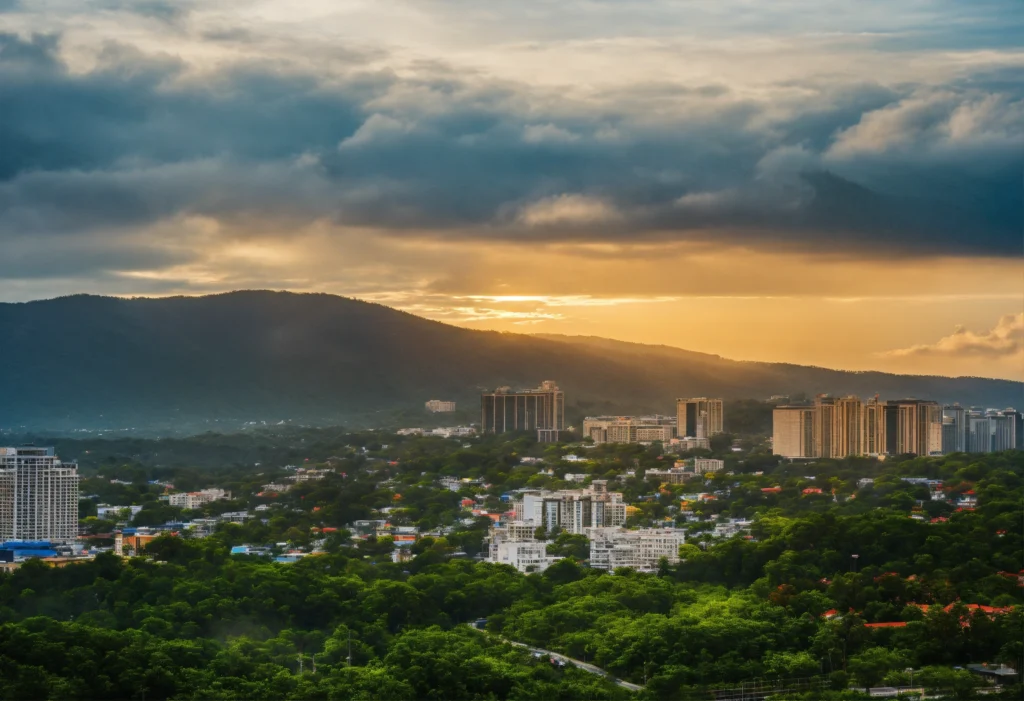
The Kohima War Cemetery is a must-visit spot, dedicated to the soldiers who lost their lives during World War II. Its beautifully maintained grounds and peaceful ambiance make it a poignant site of remembrance.
For culture lovers, the Naga Heritage Village in Kisama hosts the famous Hornbill Festival every December, showcasing the rich traditions and lifestyles of Nagaland’s diverse tribes.
Nature enthusiasts can head to the Dzukou Valley, known as the “Valley of Flowers,” for its breathtaking landscapes and vibrant seasonal blooms. It’s an ideal destination for trekking and camping.
Other highlights include the Japfu Peak, a haven for trekkers with panoramic views, and Kohima Cathedral, a stunning architectural marvel that blends spirituality and modern design.
Kohima is not just a destination; it’s an experience that offers a glimpse into Nagaland’s soul. Whether you explore its vibrant markets or hike through its serene landscapes, Kohima leaves a lasting impression.
2. Dimapur:
Dimapur, often referred to as the “Gateway to Nagaland,” is a vibrant city blending historical significance, natural beauty, and cultural diversity. As the entry point for travelers, it serves as an ideal base for exploring the treasures of Nagaland.
The Kachari Ruins are among Dimapur’s most iconic landmarks, showcasing the remnants of the ancient Kachari Kingdom. These mushroom-shaped monoliths provide a fascinating glimpse into the region’s medieval history.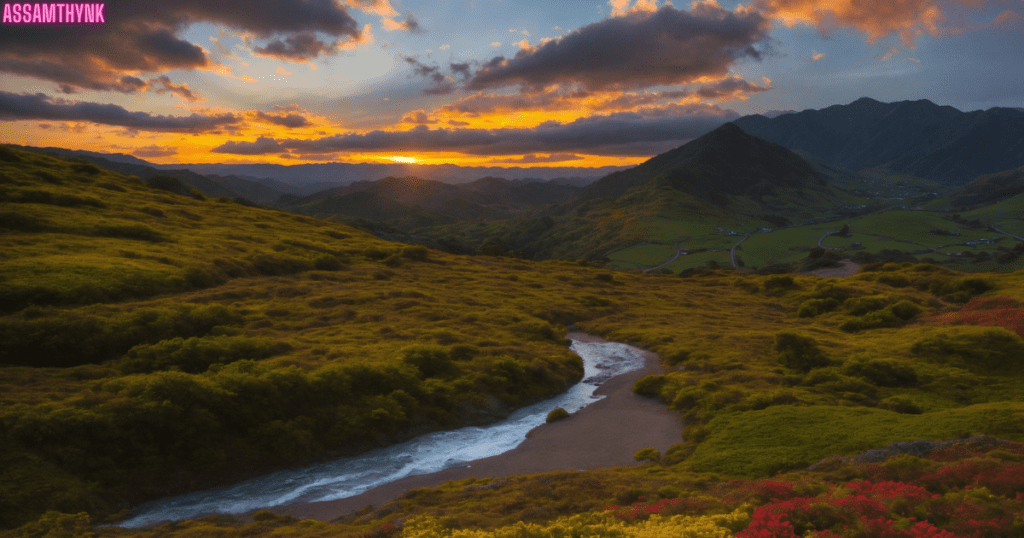
Nature enthusiasts can visit the serene Rangapahar Reserve Forest, a haven for birdwatchers and wildlife lovers, offering a peaceful escape from the city buzz. For a more relaxed outing, Diezephe Craft Village is perfect for exploring traditional Naga craftsmanship, including woodwork and handloom weaving.
Dimapur is also known for its bustling markets, such as the Hongkong Market, where visitors can shop for an eclectic mix of local and imported goods. Nearby, the Chumukedima Village offers scenic views of cascading waterfalls and a tranquil ambiance.
Whether you’re interested in history, shopping, or nature, Dimapur has something for everyone. Its unique blend of the past and present makes it a must-visit destination in Nagaland, promising an enriching travel experience.
3. Dzukou Valley:
Dzukou Valley, often called the “Valley of Flowers of the Northeast india,” is a mesmerizing destination that draws nature lovers, trekkers, and peace seekers from across the globe. Nestled at an altitude of approximately 2,452 meters, this enchanting valley is located on the border of Nagaland and Manipur, offering breathtaking vistas and a tranquil ambiance.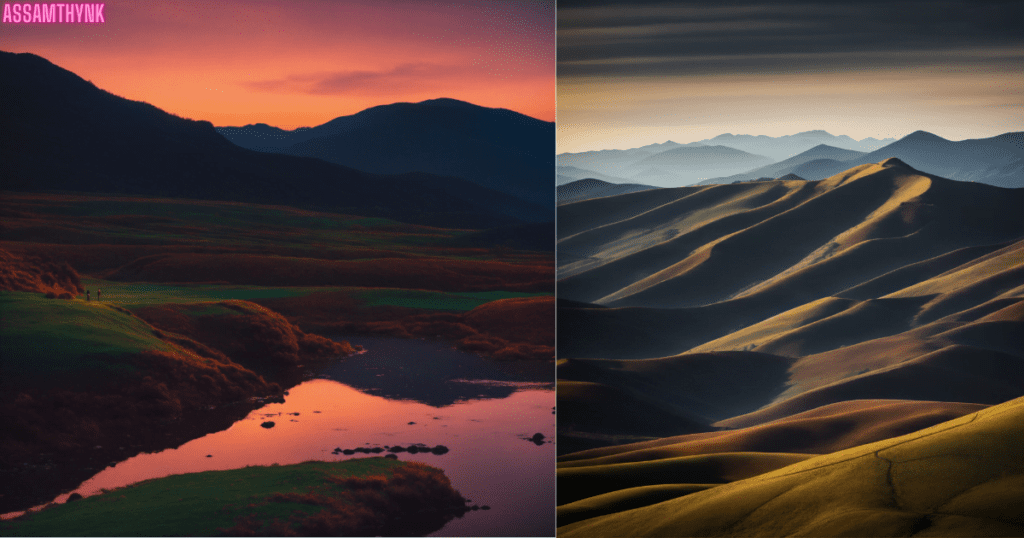
Known for its seasonal wildflowers and lush greenery, Dzukou Valley transforms into a vibrant paradise during the summer months. Rare species of lilies, rhododendrons, and other flora blanket the valley, creating a surreal landscape that feels almost otherworldly.
The valley is also a trekker’s delight, with trails leading through dense forests, rolling hills, and picturesque landscapes. The journey to Dzukou Valley involves moderate trekking, but the effort is richly rewarded with stunning panoramic views and a sense of serenity that few places can match.
Camping in the valley is a popular activity, allowing visitors to immerse themselves in the natural beauty and enjoy starry nights in the wilderness. Dzukou Valley is a haven for photographers, adventure enthusiasts, and anyone seeking solace amidst nature.
Cultural and Historical Attractions
Mon:
Longwa Village, located in Nagaland’s Mon district, is a fascinating destination renowned for its cultural and geographical uniqueness. This village is home to the Konyak tribe, known for their vibrant traditions, tattooed faces, and intricate beadwork.Mon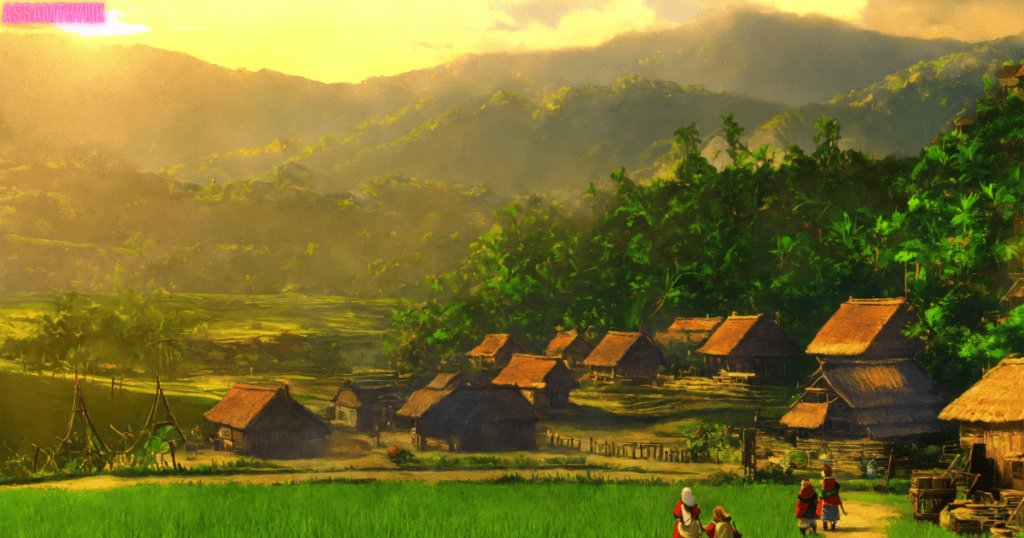
What sets Longwa apart is its geographical quirk—the chief’s house, or Angh’s house, lies on the India-Myanmar border. Visitors can literally stand in two countries at once while exploring this unique structure, a testament to the historical cross-border connections of the Konyak tribe.
The Konyak people, once famous for their headhunting practices, have a rich cultural heritage that includes vibrant festivals, tribal art, and storytelling. Their craftsmanship in wood carving and metalwork is equally captivating.
Surrounded by scenic landscapes of rolling hills and dense forests, Longwa Village offers an immersive experience into tribal life. It’s a must-visit for those looking to explore Nagaland’s rich and unique traditions.
Mokokchung:
Mokokchung, often regarded as the cultural heartland of Nagaland, is the homeland of the Ao tribe, known for their vibrant traditions and rich heritage. The town is a hub of cultural activity, with Ungma Village, one of the oldest Ao settlements, offering a glimpse into their fascinating history and customs.
The Ao Baptist Church is another highlight, renowned for its architectural beauty and spiritual significance. Mokokchung’s scenic surroundings, with verdant hills and serene landscapes, add to its charm. Vibrant festivals like Moatsu Mong showcase the Ao tribe’s colorful culture, making Mokokchung a must-visit destination in Nagaland.
Natural Wonders of Nagaland
Shilloi Lake:
Shilloi Lake, nestled in the picturesque Phek district of Nagaland, is a serene heart-shaped lake surrounded by lush green hills. This pristine water body holds immense cultural and spiritual significance for the local community, who believe it to be sacred.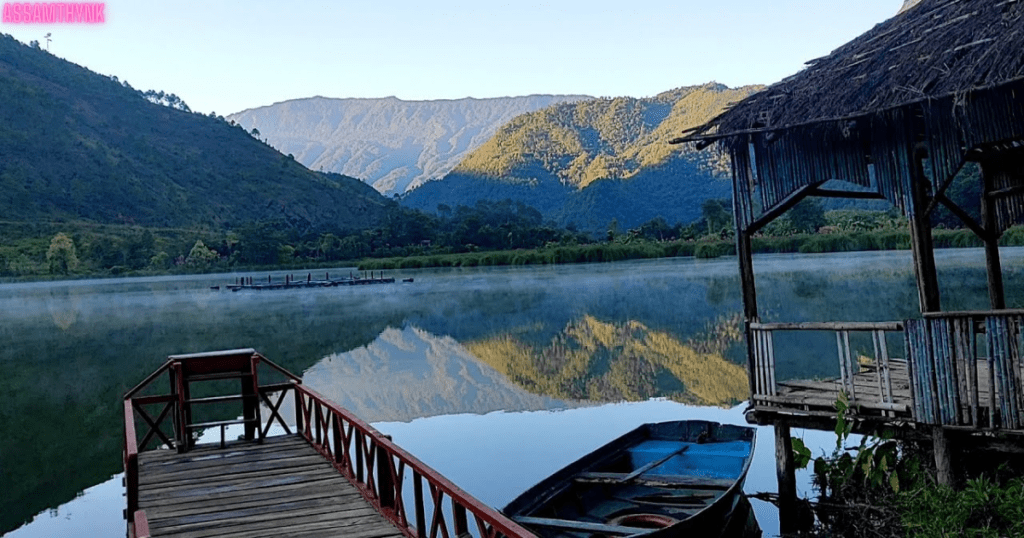
The lake’s tranquil ambiance makes it an ideal destination for nature lovers and peace seekers. Visitors can enjoy the scenic views, go birdwatching, or simply soak in the serene atmosphere. The surrounding villages add to the charm with their warm hospitality and cultural richness. Shilloi Lake is a must-visit spot for a peaceful retreat in Nagaland.
Mount Saramati:
Mount Saramati, standing tall at 3,826 meters, is the highest peak in Nagaland and a paradise for adventure enthusiasts. Located near the Indo-Myanmar border, this majestic mountain is renowned for its challenging trekking trails and breathtaking panoramic views.
The trek to Mount Saramati takes you through dense forests, vibrant flora, and picturesque landscapes, making it an unforgettable experience for nature lovers. During winter, the peak is often blanketed in snow, adding to its allure.
Rich in biodiversity and cultural significance, Mount Saramati is a must-visit destination for trekkers and anyone seeking the thrill of nature’s grandeur.
Unique Experiences in Nagaland
- Hornbill Festival:The Hornbill Festival, held annually in Kisama near Kohima, is Nagaland’s most famous cultural event, showcasing the rich traditions, customs, and vibrant lifestyles of the state’s diverse tribes. Known as the “Festival of Festivals,” it takes place in December and attracts visitors from around the world.
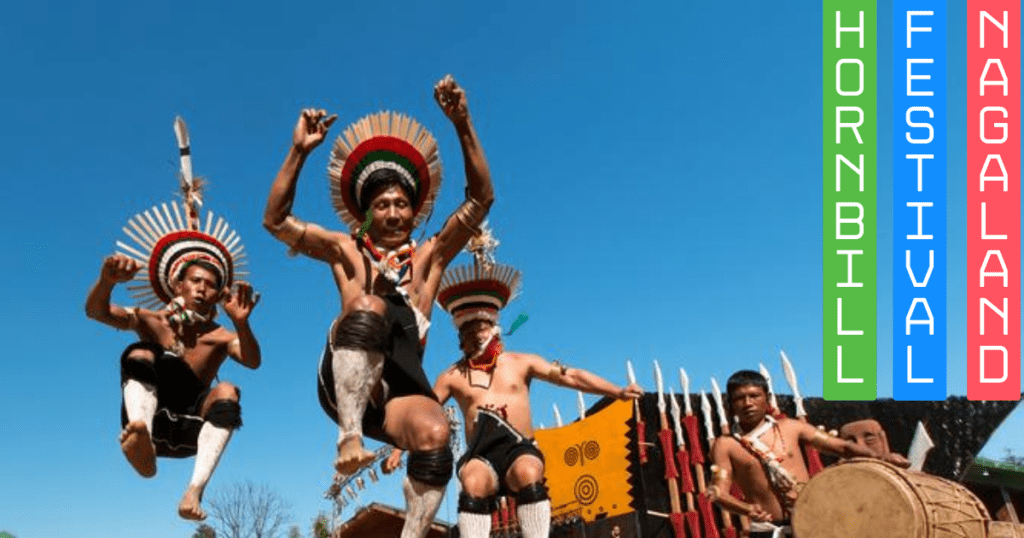 During this week-long celebration, you can witness traditional dance performances, music, arts and crafts exhibitions, and indulge in local Naga cuisine. The festival is a melting pot of Naga culture, with each tribe displaying their unique heritage through colorful costumes, rituals, and ceremonies.
During this week-long celebration, you can witness traditional dance performances, music, arts and crafts exhibitions, and indulge in local Naga cuisine. The festival is a melting pot of Naga culture, with each tribe displaying their unique heritage through colorful costumes, rituals, and ceremonies.Attending the Hornbill Festival offers an unparalleled opportunity to experience Nagaland’s cultural richness, making it a must-see event for anyone visiting the state.
- Tribal Homestays:One of the most immersive experiences in Nagaland is staying in a tribal homestay. This offers travelers a rare opportunity to live with local Naga families and experience their traditional way of life. Visitors can learn about the customs, rituals, and daily practices of different tribes, such as the Ao, Konyak, and Angami.
 In addition to cultural exchange, guests can enjoy local food, participate in tribal festivals, and witness traditional crafts being made. Tribal homestays provide a unique, authentic experience that helps visitors connect with the rich heritage and warm hospitality of Nagaland’s indigenous communities.
In addition to cultural exchange, guests can enjoy local food, participate in tribal festivals, and witness traditional crafts being made. Tribal homestays provide a unique, authentic experience that helps visitors connect with the rich heritage and warm hospitality of Nagaland’s indigenous communities.
Travel Tips for Visiting Nagaland
- Best Time to Visit: October to May.
- Permits: Obtain an Inner Line Permit (ILP).
- Pack light but include trekking essentials.
Conclusion
Nagaland tourist places with name photo showcase the state’s vibrant culture, stunning landscapes, and historical charm. Whether you’re hiking through Dzukou Valley, exploring Mon’s tribal heritage, or enjoying Kohima’s festivals, every moment in Nagaland is unforgettable.
FAQ
What are the top tourist places in Nagaland?
Some of the must-visit destinations in Nagaland include Kohima, Dimapur, Dzukou Valley, Longwa Village, Mokokchung, Shilloi Lake, and Mount Saramati. Each place offers a unique glimpse into the state’s rich culture and natural beauty.
What is Dzukou Valley known for?
Dzukou Valley, also called the “Valley of Flowers,” is famous for its breathtaking views, wildflowers, and trekking opportunities. It is especially stunning during the summer months when the valley blooms with vibrant flowers.
What is the best time to visit Nagaland?
The best time to visit Nagaland is from October to May when the weather is pleasant and ideal for sightseeing, trekking, and outdoor activities.
Can I visit Nagaland without a permit?
Yes, Indian citizens from outside Nagaland require an Inner Line Permit (ILP) to visit the state, which can be obtained through online or offline applications. Foreign tourists need additional permits.
What is the significance of Kohima War Cemetery?
The Kohima War Cemetery is a memorial dedicated to soldiers who died during the World War II Battle of Kohima. It is an important historical site and symbol of sacrifice.
What is Longwa Village famous for?
Longwa Village is renowned for its unique position on the India-Myanmar border and its rich Konyak tribal culture. Visitors can experience traditional customs and even stand in two countries simultaneously at the chief’s house.
Is Nagaland safe for tourists?
Yes, Nagaland is generally safe for tourists. However, it’s advised to follow local guidelines and regulations, especially regarding permits and tribal areas, to ensure a smooth and respectful visit.
What cultural experiences can I enjoy in Nagaland?
Visitors can enjoy tribal festivals like the Hornbill Festival, tribal homestays, local handicrafts, dance performances, and traditional Naga cuisine to immerse themselves in the state’s vibrant culture.
Are there trekking opportunities in Nagaland?
Yes, Nagaland offers several trekking routes, including those leading to Dzukou Valley, Mount Saramati, and Japfu Peak, making it an ideal destination for adventure enthusiasts.
Where can I see traditional Naga handicrafts?
Traditional Naga handicrafts can be seen in places like Diezephe Craft Village near Dimapur, where artisans display their wood carvings, textiles, and pottery. Additionally, markets in Kohima and Dimapur feature handmade items for tourists to purchase as souvenirs.